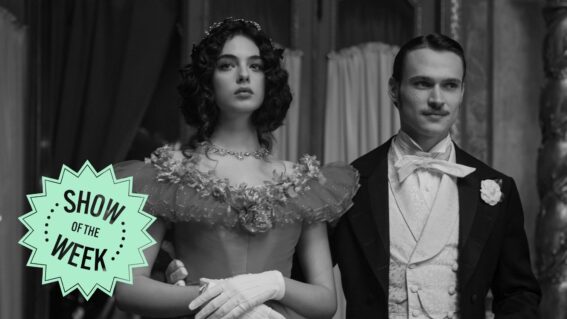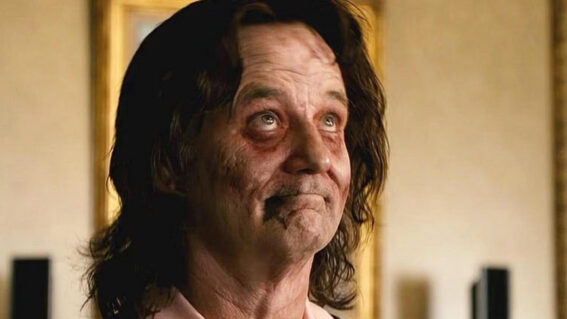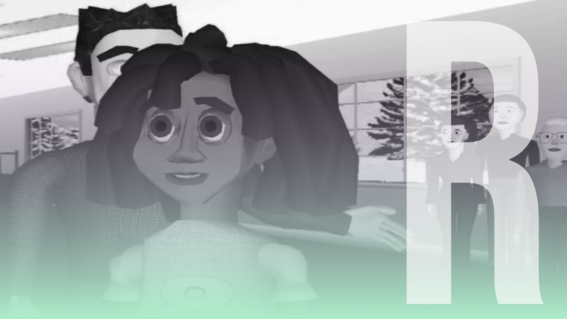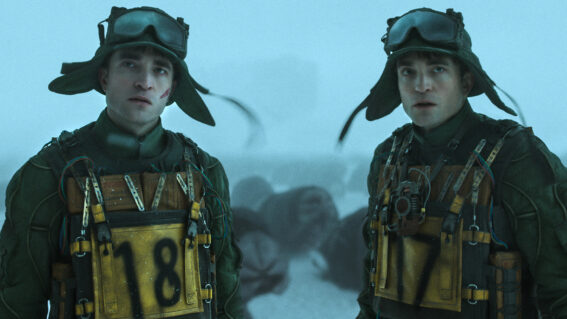Gorgeous, compelling and epic, Shōgun feels rightly pitched as GoT’s successor
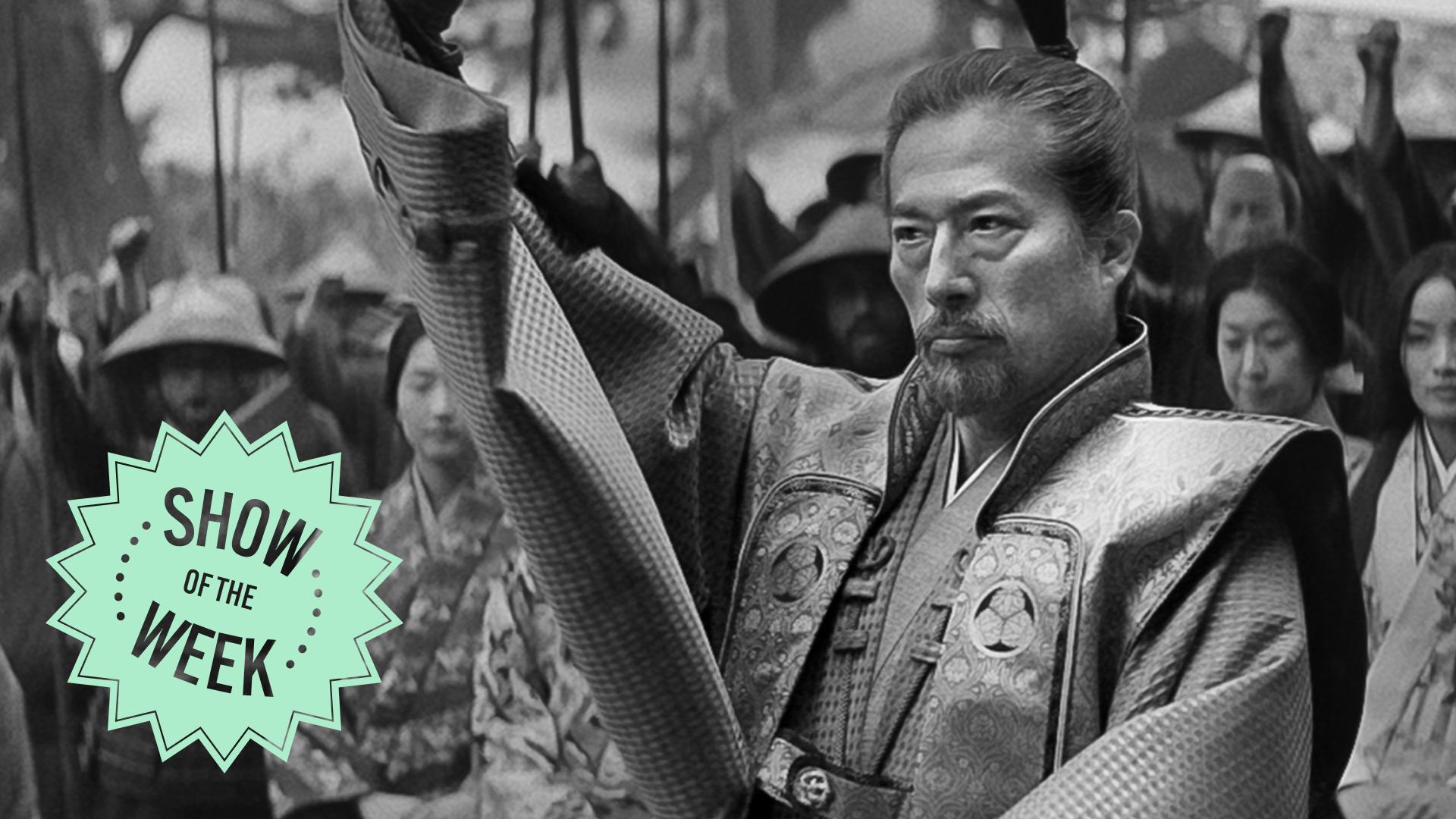
Clarisse Loughrey’s Show of the Week column, published every Friday, spotlights a new show to watch or skip. This week: Shōgun.
In 1980, NBC’s five-part adaptation of James Clavell’s bestseller Shōgun, set in 17th century Japan, became a smash hit for the network. It was violent and sexy, in ways television was never really allowed to be before. But it was guilty, too, of blatant exoticism (and helped ignite a nationwide, American fascination with Japanese culture).
Shōgun is told through the perspective of an English sailor who arrives in Japan and ingratiates himself within the local culture. And while Clavell’s work was, at least, thorough and heavily researched, and at least considerate of the Japanese viewpoint, the series cast screen legend Toshiro Mifune only to leave the entirety of its Japanese dialogue unsubtitled. It left no doubt—this was a white story that assumed a white, or at least non-Japanese, audience.
So, even in this era of relentless cultural grave robbery, it actually doesn’t seem all that cynical that Disney+ might offer a new take on Clavell’s work. After an extended development period, in which another white-centric version was tabled and then rejected, husband-and-white team Justin Marks and Rachel Kondo were brought in as creators, with the aim to make a new Shōgun for a new generation. They assembled a writer’s room of largely Asian American women, including Emily Yoshida, who quickly got to work revaluing its story.
We open, still, on John Blackthorne (Cosmo Jarvis)—loosely based on the English navigator William Adams—as he arrives in Osaka, only to find a city on the precipice of chaos. A council of regents has been enacted while Japan waits for the ruler’s heir to come of age. Yet, one of their number, Lord Yoshii Toranaga (Hiroyuki Sanada), has wielded his powers a little too liberally. He’s become a potential threat. And Blackthorne’s outsider knowledge could prove a useful weapon.
The industry is such a mess now that there will be no useful way to talk about the success of an eighties, broadcast television miniseries versus a modern-day, streaming service limited series—but Shōgun is a gorgeous, compelling, epic-scale work that feels rightly pitched as the successor to Game of Thrones audiences still desperately seem to crave (sorry, The Rings of Power). You can feel all that money up on screen, in every yawning, verdant landscape (the series shot in British Columbia, after a struggle to find such wide, open spaces in Japan), in each immaculate kimono, and in the pounding thrill of its battle scenes.
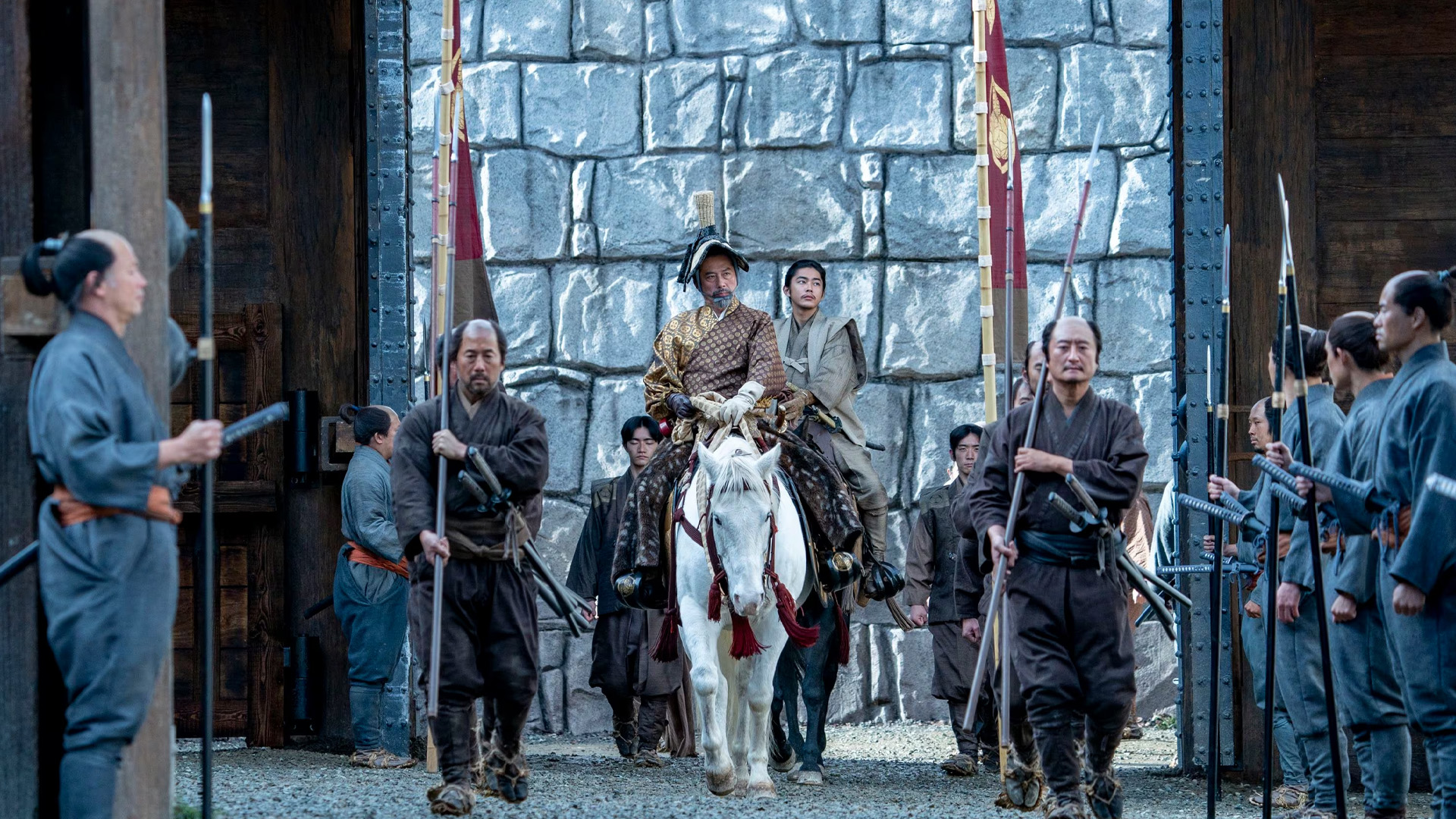
And, crucially, it expands far beyond Blackthorne’s perspective, with Japanese dialogue subtitled for non-Japanese speakers, allowing the series to blossom into one of those weighty, labyrinthine narratives that hold such weight in modern television. Blackthorne, here, is no longer the hero, but more compelling for it—a wretched, but fundamentally decent man with a knapsack full of sins, a colourful vocabulary, and a total disregard for hygiene (“two baths in a week? What do you want, me to catch the flux?”). And he’s given the saddest, most soulful puppy dog eyes thanks to Jarvis’s committed performance.
Here, Blackthorne isn’t someone ingratiated into Japanese culture, but left to exist in some other, liminal space. He’s seen enough of the world to feel alienated by the thought of home, yet, he didn’t come here with entirely pure motivations, and so a part of him must remain at odds with the world he now inhabits. Lord Toranaga, who Sanada lends a heavy crown, exists in a similarly impossible position—compelled towards power by circumstance, knowing that every step brings him closer to all-out war.
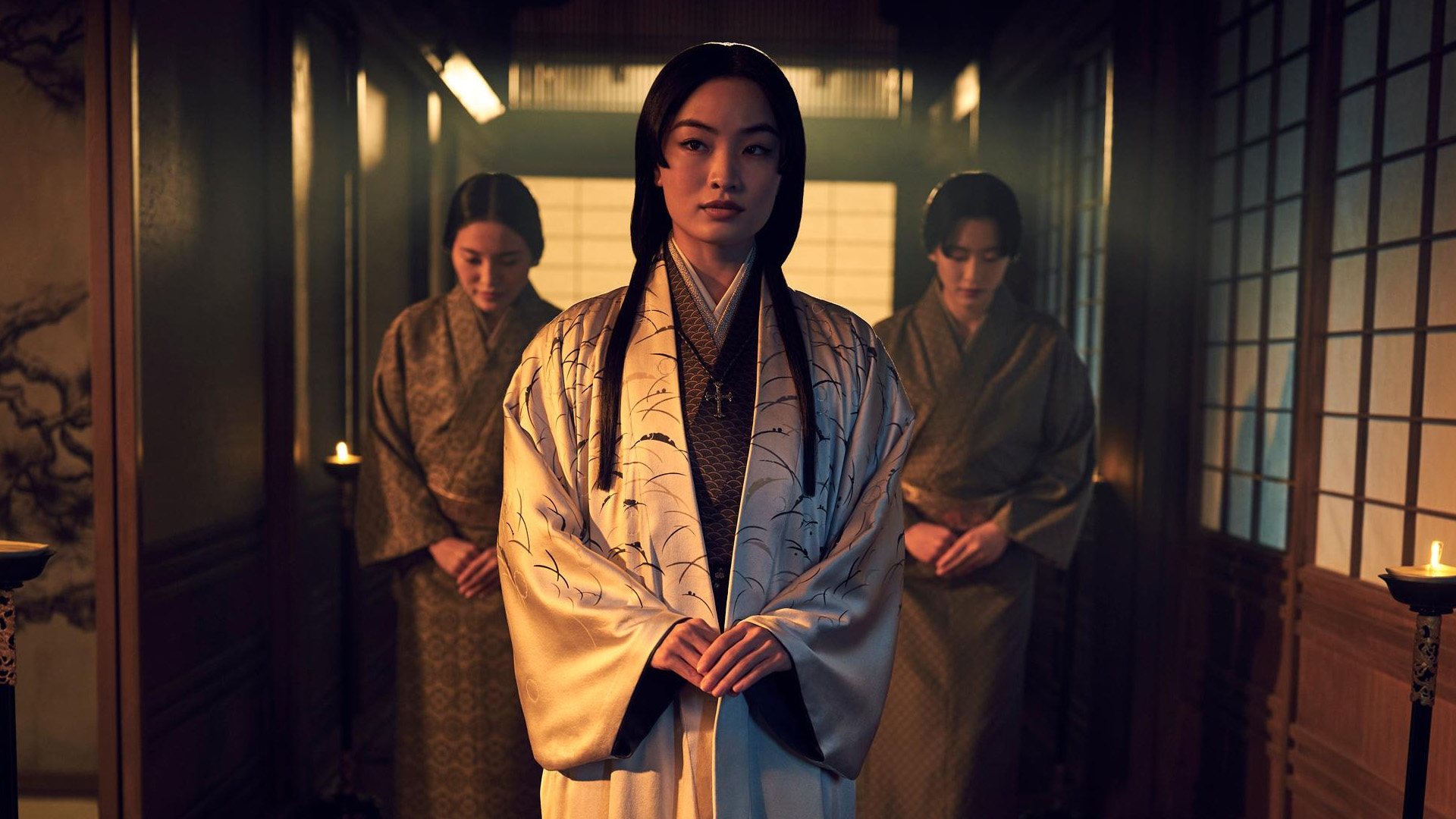
But it’s Shōgun’s women, especially Anna Sawai’s Toda Mariko, who truly anchor the series. All of them exist within the patriarchal structure, but are expected to find purpose within those confines, as wives, mothers, sex workers. They’re told when to live, and who to serve, but know what choice words whispered into a willing ear can achieve. Mariko, too, has an identity cleaved in two, as a woman of the Japanese elite converted to Catholicism by Portuguese missionaries.
Shōgun constantly interrogates ideas of identity, inside and out, and is all the better for it. As Kondo, who is part-Japanese, born in Hawaii, told The New York Times: “very quickly in the process [of making the show] I came to understand that not only am I not Japanese, I’m Japanese American, which is completely different.” As a result, Shōgun enlisted the aid of editor Mako Kamitsuna and producer Eriko Miyagawa to advise on the series’s historical and cultural authenticity, including in the use of classical Japanese dialogue. It’s a fascinating case study in representation that reminds us why exactly it’s so necessary—that not only do we deserve a fair and balanced industry, where all voices are heard, but that art can only benefit from that level of openness, care, and interrogation.






